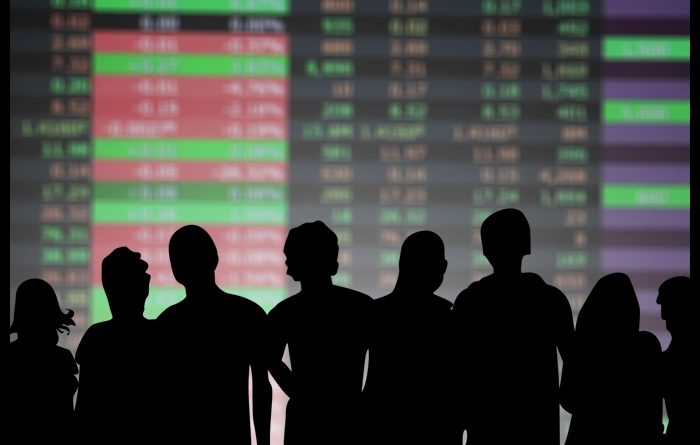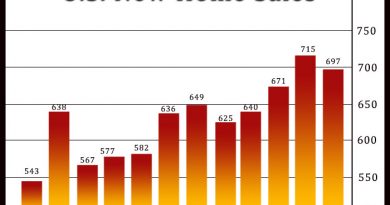European Shares May Struggle For Direction As Yields Scale Fresh Highs
European stocks may struggle for direction on Thursday after renewed U.S. rate-hike bets spurred an overnight spike in Treasury yields.
The dollar found footing after Fed officials Raphael Bostic and Neel Kashkari reinforced their hawkish stance.
The U.S. central bank needs to lift the federal funds rate to between 5 percent and 5.25 percent and keep there “well into 2024” in order to bring inflation under control, Bostic said.
Kashkari also called for higher rates, adding he is “open-minded” on either a 25- basis point or a 50-basis point rate hike at the U.S. central bank’s next meeting in March.
Gold edged lower in Asian trading while oil prices held steady despite data showing another weekly build in stockpiles.
Asian markets traded mixed amid much uncertainty over how high the Federal Reserve might hike rates.
In economic releases, Euro area inflation, employment and ECB monetary policy minutes are due later in the day.
Across the Atlantic, a report on weekly jobless claims could provide additional clues about tightness in the labor market.
U.S. stocks fluctuated before closing mostly lower overnight and the yield on the 10-year note reached 4 percent for the first time since November, as data showed U.S. manufacturing contracted for a fourth straight month in February and the prices-paid measure hit its highest level since September.
Home improvement retailer Lowe ‘s issued weak FY23 revenue guidance, adding to the downbeat sentiment. The tech-heavy Nasdaq Composite gave up 0.7 percent and the S&P 500 dipped half a percent, while the Dow finished marginally higher.
European stocks ended Wednesday’s session higher as investors weighed upbeat Chinese economic data against a surprisingly strong German inflation print and hawkish remarks by ECB and Bank of England officials.
The pan European STOXX 600 declined 0.7 percent. The German DAX dropped 0.4 percent and France’s CAC 40 index shed half a percent while the U.K.’s FTSE 100 gained half a percent.
Source: Read Full Article



